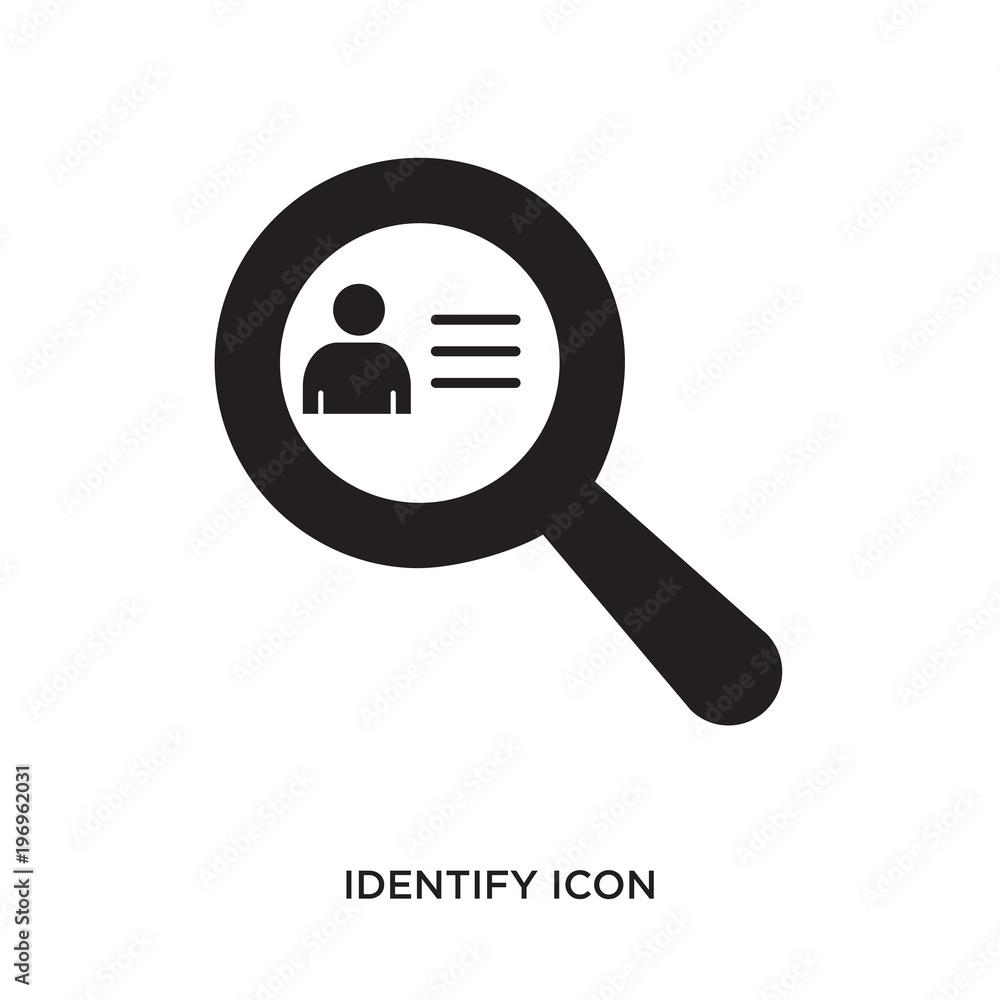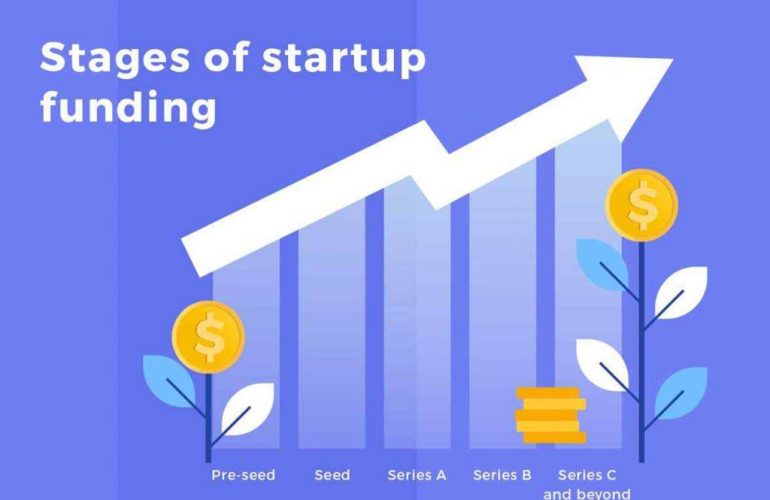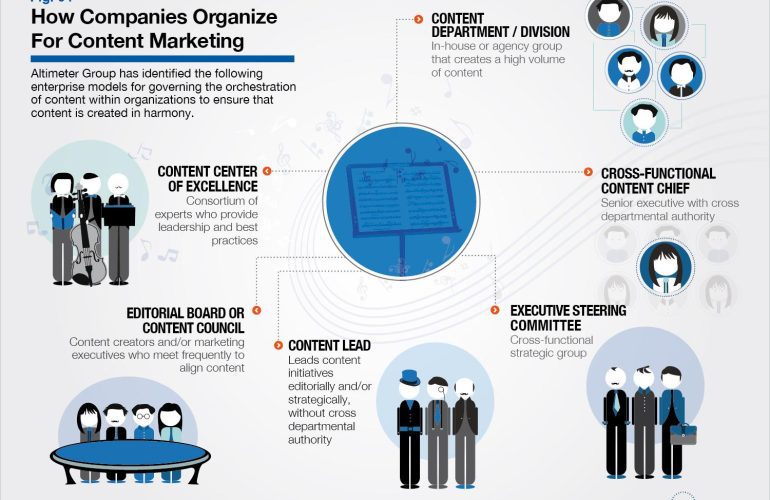In the fast-paced world of entrepreneurship, the ability to identify and validate a business idea stands as a critical determinant of success. As aspiring entrepreneurs embark on their journey, the initial concept can be both exhilarating and daunting. However, transforming a mere idea into a viable business requires a systematic approach that encompasses thorough market research, strategic planning, and rigorous validation processes. This article outlines essential steps to help entrepreneurs navigate the complexities of idea identification and validation, ensuring that they lay a solid foundation for their ventures. By adhering to these steps, business leaders can not only refine their ideas but also minimize risks and enhance their chances of achieving long-term sustainability in an increasingly competitive landscape.
Table of Contents
- Identifying Market Needs Through Comprehensive Research
- Assessing Feasibility and Practicality of Your Concept
- Engaging Stakeholders for Feedback and Validation
- Developing Prototypes and Testing Assumptions
- Insights and Conclusions
Identifying Market Needs Through Comprehensive Research
To successfully navigate the business landscape, it is crucial to delve deep into understanding the market demands. Conducting comprehensive research involves a mix of qualitative and quantitative methods to gather insights about your target audience. Engaging with potential customers through surveys, interviews, and focus groups can unveil their pain points and preferences, which will ultimately inform the development of your business idea. Additionally, analyzing competitors’ offerings allows you to identify gaps and opportunities for innovation that can set your venture apart. Remember to utilize various data sources such as market reports, industry publications, and online resources to build a robust picture of the market environment.
Once the data is collected, it is essential to synthesize this information into actionable insights. This can be accomplished by creating a SWOT analysis or a simple table to visualize potential market opportunities. Here’s a basic example of how to structure your findings:
| Market Insights | Opportunities | Challenges |
|---|---|---|
| Customer demand for eco-friendly products | Launch a sustainable product line | High production costs |
| Growing interest in remote work solutions | Develop tools for virtual collaboration | Intense competition in tech sector |
By clearly outlining these elements, you can enhance your decision-making process and strategically position your business to address specific market needs effectively.
Assessing Feasibility and Practicality of Your Concept
When evaluating your business concept, it’s crucial to examine the feasibility and practicality from multiple angles. Start by conducting market research to gauge demand and competition. Consider these pivotal factors:
- Market Demand: Is there a genuine need for your product or service?
- Target Audience: Who are your ideal customers, and are they accessible?
- Cost Analysis: What are the estimated costs involved in deploying your business idea?
- Regulatory Compliance: Are there any legal or regulatory requirements that could impact your business?
After gathering insights, create a SWOT analysis to identify strengths, weaknesses, opportunities, and threats. This structured approach will illuminate potential hurdles and strengths in your business model. Here’s a simplified template:
| SWOT Element | Description |
|---|---|
| Strengths | Your unique value propositions or competitive advantages. |
| Weaknesses | Areas where you lack resources or face challenges. |
| Opportunities | Market trends or customer needs you can leverage. |
| Threats | External factors that could negatively impact your venture. |
Engaging Stakeholders for Feedback and Validation
To ensure your business idea resonates in the marketplace, it is critical to involve stakeholders at every stage of your validation process. Stakeholders can range from potential customers to industry experts, and their insights will provide a multifaceted view of your concept’s viability. Begin by creating a targeted outreach plan to connect with individuals or groups that represent your key demographics. Organize focus groups, initiate surveys, and conduct interviews to gather qualitative and quantitative feedback that highlights both strengths and weaknesses of your proposal. Engaging stakeholders not only enhances your understanding but also fosters a sense of ownership and investment in your brand.
Once you gather the feedback, it’s imperative to analyze the data systematically to identify recurring themes and critical insights. You can present this information in an accessible format, such as a table that delineates stakeholder responses and their implications on your business idea. This visual representation can assist in identifying common pain points and desired features that stakeholders expect. Armed with this information, you can fine-tune your concept and ensure it aligns with market needs. Consider the following categories when preparing your analysis:
| Category | Stakeholder Feedback | Implications |
|---|---|---|
| Market Demand | High interest in eco-friendly options | Focus on sustainability in product development |
| Pricing | Need for affordable pricing tiers | Introduce flexible pricing models |
| Usability | Desire for user-friendly design | Prioritize intuitive interface in design |
Developing Prototypes and Testing Assumptions
Once you have a clear understanding of your business idea, the next crucial step is to create prototypes that embody your concepts. Prototyping allows you to bring your ideas to life in a tangible format, enabling real-world interaction with your target audience. Depending on your product, this could range from a simple sketch or a wireframe to a fully functional model. The purpose of these prototypes is to gather valuable feedback, which can lead to insights that you might not have anticipated. In this phase, focus on:
- Functionality: Ensure the core features work as intended.
- User Experience: Observe how users interact with the prototype.
- Gathering Feedback: Encourage honest opinions from potential customers.
In parallel, you should test your assumptions to confirm whether your initial ideas hold true in the marketplace. This involves formulating hypotheses about key aspects such as customer needs, market demand, and competitive advantages. Employ different validation techniques, such as surveys or A/B testing, to evaluate these assumptions. Here’s a simplified table illustrating common validation techniques and their benefits:
| Validation Technique | Purpose |
|---|---|
| Surveys | Gather quantitative data on customer preferences. |
| Interviews | Obtain qualitative insights through direct dialogue. |
| A/B Testing | Compare different approaches to see what resonates. |
Insights and Conclusions
the journey of transforming a business idea from concept to reality is fraught with challenges, but with the right framework in place, it can also be immensely rewarding. By rigorously identifying and validating your business ideas through thorough market research, customer engagement, and iterative feedback, you set a solid foundation for sustainable growth and success.
Remember, the essential steps outlined — from conducting competitive analysis to leveraging prototype testing — not only help you refine your vision but also ascertain its viability in a dynamic market landscape. Embrace a mindset of continuous learning and adaptation, as this will empower you to pivot and innovate in response to ever-evolving consumer needs.
As you embark on this path, keep in mind that every successful venture starts with a strong idea backed by diligent validation. Your willingness to embrace these essential steps will ultimately lead you to make informed decisions and cultivate a business that thrives. The future of your entrepreneurial journey is in your hands; make it count.






